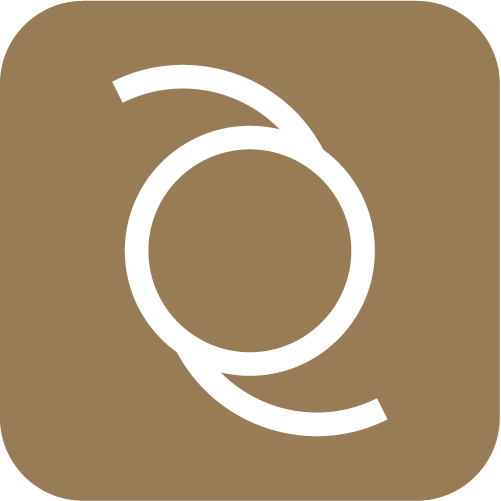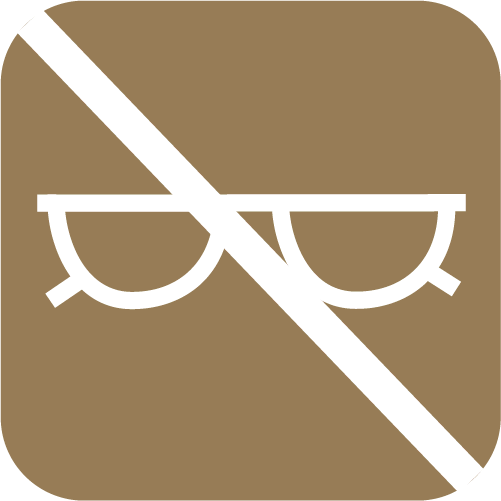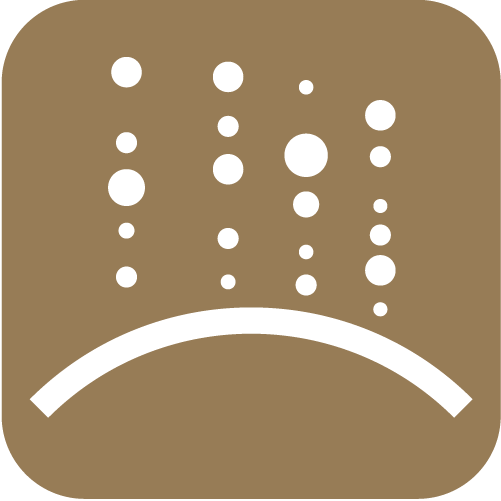ISA® Bespoke Blended Refractive Cataract/ Lens Surgery:
ISA® Bespoke Blended Refractive Cataract/ Lens Surgery is a custom optimized treatment option for those over the age of 40 who would benefit from either cataract or lens surgery, designed to minimize your need for reading glasses, as well as distance glasses. While every individual ages at a different rate, for any given person, beyond a certain age, there is no perfect solution to completely eliminate the need for reading glasses under all situations. However, with thoughtful forward planning, a careful evaluation of your individual visual architecture, and special consideration for your specific visual needs with our ISA® Customized Surgical Consultation, we can work together to decrease the frequency of when reading glasses would be required post-operatively.
Once you arrive for your consultation, you will first have the initial evaluation components of the ISA® Customized 13-D Diagnostic Set performed. This is a proprietary combination of evaluation indices and protocols for capturing the most important aspects of your specific visual architecture. You will then proceed with our ISA® Customized Surgical Evaluation to identify which specific option is most suitable for your visual needs and lifestyle, and whether you would be a suitable candidate for that procedure. This is done in combination with a selection of a suitable Bespoke Blended technique that would result in the safest and best possible reading vision for you.
ISA® Bespoke Blended Methods:
There are several ISA® Bespoke Blended methods for decreasing the need for reading glasses. These include:
1) Optimized blended refractive anisometropia
2) Optimized blended asphericity
3) Combination blended optics – also known as Bioptics: small aperture, multifocal, diffractive, and chromatic aberration optimized solutions often combined with a laser procedure.
These technologies are leveraged using ISA® protocols and algorithms, to help you optimize each eye to your own personal preferred tasks, and decrease (but not entirely eliminate) your need for reading glasses. Without treatment, individuals will need reading glasses to read computers, phones, and even larger print reading materials, even if held further out. Although there is no perfect solution for presbyopia, ISA® Bespoke Blended solutions, can decrease the situations and the distances at which glasses would be necessary.
ISA® Bespoke Blended Vision vs Traditional Monovision
Blended vision means having one eye corrected preferentially to focus well in the distance, while the other eye is corrected preferentially to focus well at an intermediate or near distance. This is different from traditional monovision. Traditional monovision generally refers only to an intended discrepancy in the prescription between the two eyes of approximately +2.50 to +3.00 D, such that one eye is targeted for distance and the other eye targeted for very near close tasks. For the average person, this is usually too large of a difference in refraction to accept and tolerate without correction. However, there are some patients who either naturally have a large discrepancy in their prescriptions, or have no problems adjusting to this difference. These individuals may do well with this option. Our ISA® Customized Surgical Evaluation allows us to take the concept of a blended vision even further by optimizing and combining the necessary technologies based on your needs, your visual habits, and the specific visual architecture of your eye to arrive at the safest, most appropriate and most accurate procedure for you.
Not everyone is suitable for ISA® Bespoke Blended Refractive Cataract/ Lens Surgery however. Your ISA® Customized Surgical Consultation based on your 13-D Diagnostic Set allows us to fine tune the ISA® Bespoke Blended procedure to best suit for your needs and the very special and unique visual architecture of your eyes.
What is Blade-Free Laser Cataract/Lens Refractive Surgery?
A cataract develops as part of the normal aging process. The natural lens in your eye will opacify with time to form a cataract. A cataract can cause blurred vision by obstructing, scattering and/or distorting the light that reaches your retina. This is a gradual process. Prior to the onset of an opacity that completely obscures light, the natural lens first becomes dysfunctional and loses its ability to focus. This results in the need for reading glasses. Furthermore, even before a cataract is formed, it is possible that an individual requires glasses at baseline to see far, to see near or to see at all distances. Refractive cataract surgery aims to minimize the degree of the eye glasses prescription as well as the dependency on glasses with interventions before, during and after the removal of the cataract during surgery. Refractive Lens surgery aims to do the same to minimize the degree of eyeglasses prescription, however the word “lens” is used to reference that this occurs before a visually significant cataract has developed – the surgery and the procedures involved are essentially the same, albeit usually with less risk because the lens is typically still soft and does not require significant energy to remove.
Both refractive cataract surgery and refractive lens surgery can now be performed with a laser, which results in blade-free incisions more than 95% of the time. In other words, metal blades are now often not necessary for laser cataract / lens refractive surgical procedures.
The natural course of an aging lens is that it will continue to develop dysfunction and opacity with time, ultimately resulting in increased degradation/blurriness to the quality of your vision. Cataracts are not yet currently treatable with medications and do not resolve without surgery.
Our Intelligent Systems Approach® greatly improves pre-operative diagnostic accuracy and intra-operative safety to result in superior post-operative vision.




